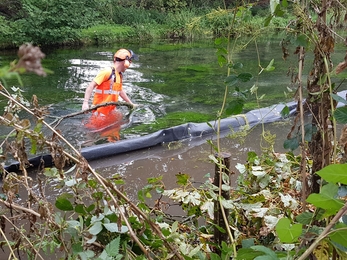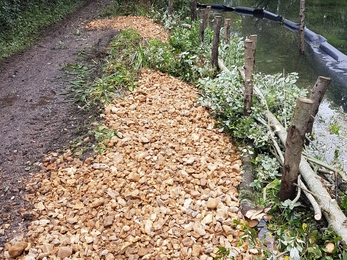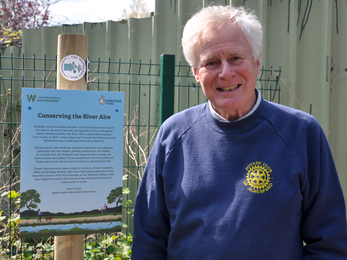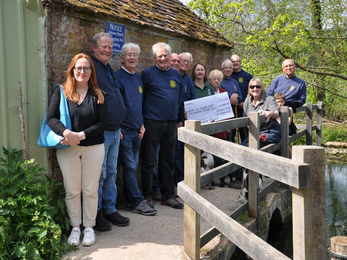Wandering through the centre of Alresford, you're never far from the chalk stream that lends the historic town its name. The River Arle weaves between buildings and winds through corridors of lush greenery, accompanied at various points by popular public walking trails.
As one of around 200 worldwide, this chalk stream is immensely precious. It is even home to our native white-clawed crayfish; an endangered species now only found in a last few strongholds. Such special qualities make it much loved by the local community, but also at risk from a gradually mounting threat.
Just upstream of the Eel House, a stretch of footpath had fallen into disrepair. This route was enjoyed by residents and visitors alike, but was becoming impassable even with regular repairs. Happily, a more permanent solution was proposed through the Watercress and Winterbournes Landscape Partnership Scheme.





